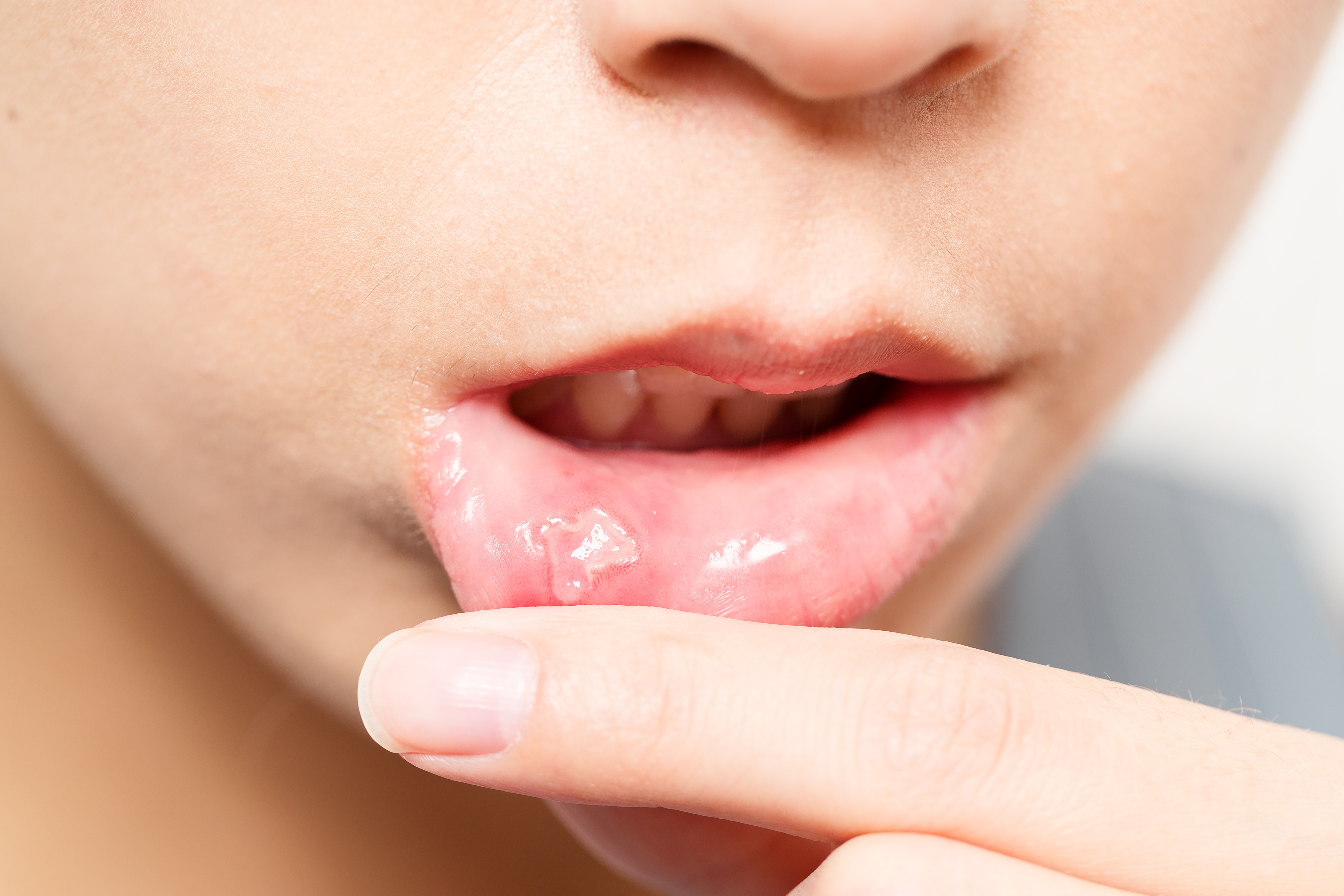18 Key Symptoms of Lichen Planus You Need to Recognize
Lichen planus is a chronic inflammatory condition triggered by abnormal immune system reactions. It may sometimes be associated with autoimmune disorders, viral infections, allergic reactions, stress, or genetic predispositions. Certain medications, such as over-the-counter pain relievers like ibuprofen and naproxen, as well as exposure to specific metals or chemicals like arsenic and gold, have also been linked to its development. Diagnosis is typically straightforward and can often be made by a primary care doctor or dermatologist through a visual examination of the skin and mucous membranes. While mild cases of lichen planus may not require treatment, more severe forms often benefit from corticosteroids, retinoids, or non-steroidal topical treatments. To help you better recognize this condition, we’ve expanded our list to include 18 key symptoms of lichen planus, ensuring a more comprehensive understanding.
1. Blisters On Gums And Mouth Ulcers

Patients who have lichen planus that affects the mouth could develop blisters on their gums and mouth ulcers. The mouth sores associated with this condition are usually white, and they often have a lace-like texture. Most patients find the sores, blisters, and ulcers in the mouth are painful. They can also make eating, drinking, and chewing difficult. The sores may develop on the lips or tongue too. Patients may need to apply a topical anesthetic to the sores before eating to make eating and drinking with a sore mouth easier. They could also try eating on the side of their mouth that is unaffected or less affected, and the use of meal replacement shakes may be helpful. Since some mouth sores may be associated with more serious conditions, a doctor needs to evaluate all sores quickly. Patients who have had lichen planus in the mouth are at an increased risk of oral cancer, and they may need to have regularoral cancer screenings.
2. Hair Loss

Although it is relatively less common than other forms of lichen planus, some patients may develop a form of the illness that affects the scalp. These patients may notice hair loss and scalp discoloration. Individuals may notice they lose more hair than usual after washing or brushing their hair. Some may see small patches of thinning hair or baldness on their scalp. Since hair loss can occur with several thyroid and autoimmune disorders, patients experiencing this symptom may wish to have blood tests to check their thyroid function. Tests may be needed to rule out autoimmune conditions. Doctors may also need to perform a pull test to establish the shedding stage of the patient's hair. For this simple test, the doctor will gently pull several dozen hairs on the patient's head to check how many hairs pull free. Some patients may need to have a scalp biopsy. If lichen planus is determined to be the cause of the patient's hair loss, doctors may recommend treatments to encourage hair growth. Patients should see their hair growth return to normal once lichen planus has been successfully treated.
